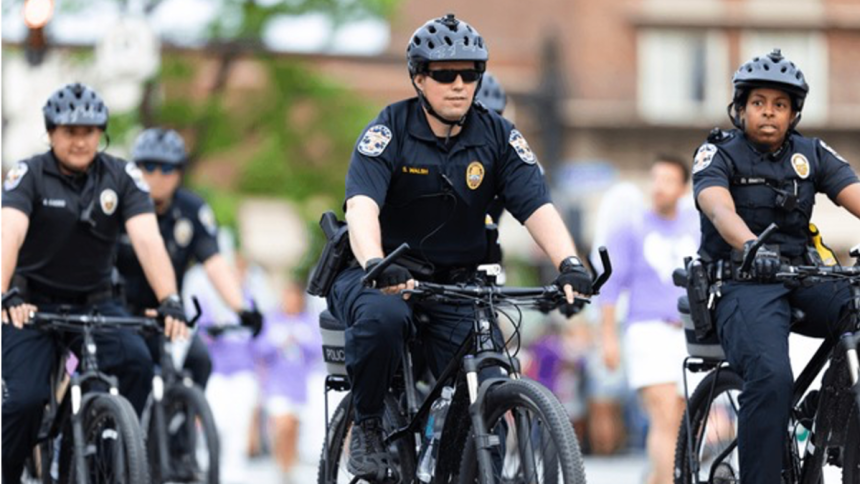If you ride a bike in Kentucky, chances are you’ve broken the law without even realizing it. Not intentionally. Maybe you rolled through a stop sign. Or used the sidewalk in a busy downtown. Or didn’t have a front light for that last-minute evening ride.
Known for its rolling hills, bourbon distilleries, and deep-rooted traditions, Kentucky is a place where the old meets the new — and that includes the evolving landscape of cycling. While cars still dominate the roads, bikes are becoming more common across both small towns and bustling cities like Louisville and Lexington.
The truth is, most cyclists are unaware of the full scope of Kentucky bicycle laws until they’re faced with a fine or a dangerous situation. This guide lays it all out in a way that’s easy to understand and even easier to apply on your next ride.
Are Bicycles Considered Vehicles in Kentucky?
Yes. In Kentucky, a bicycle is legally classified as a vehicle. That means when you’re on the road, you have the same rights and responsibilities as someone behind the wheel of a car. You’re expected to obey traffic signals, stop signs, lane markings, and all basic traffic rules.
However, this also means you’re entitled to use the roads with confidence. Cars must respect your right to be there, especially when the lane is too narrow for both a bike and a vehicle to travel safely alongside each other.
Where Should You Ride on the Road?
Kentucky requires cyclists to stay “as far to the right as practicable,” but that doesn’t mean you have to hug the gutter. You can and you should move away from the curb when:
- Making a left turn
- Avoiding road hazards or parked cars
- Riding on a narrow road where a car can’t safely pass
Bottom line? You’re allowed to ride where it’s safest, not just where there’s space.
Can You Ride on the Sidewalk?
In Kentucky, the sidewalk may appear to be a peaceful retreat; however, not all places are bike-friendly. Although there is no universal prohibition by the state, specific locations, such as Louisville and Lexington, do prohibit riding on sidewalks in high-traffic areas. Where permitted, cyclists should yield to pedestrians, ride at a slow speed, and obey pedestrian signals. In many urban pockets, you’ll be expected to stick to bike lanes or roads unless a sign gives you the green light.
What Equipment Does Your Bicycle Legally Need?
State regulations specify what your bicycle must have, especially when riding after dark:
- A white front light visible from 500 feet
- A red rear reflector or red rear light visible from at least 100 feet
- Brakes capable of stopping you within 15 feet from 10 mph
- A bell, horn, or verbal signal to warn pedestrians
Neglecting any of these can lead to citations and, more importantly, increase your risk of accidents. According to the Kentucky Revised Statutes §189.287, these standards are part of the state’s formal safety code for bicycle operation.
Do You Have to Wear a Helmet?
Kentucky doesn’t have a universal helmet law for bicycles, so unless you’re in a city that requires them for minors, the choice is up to you. Still, because of the risk of head injuries, a helmet is always worth it.
For e-bikes, regulations are somewhat stricter. You won’t need registration, but if your e-bike goes fast or uses a throttle, a driver’s license might be required. It’s best to investigate local rules so you’re not caught off guard.
What Are Drivers Expected to Do Around Cyclists?
Anyone who has experienced a car speeding by knows that a few inches can be the difference between life and death. That’s why Kentucky law requires drivers to give cyclists a minimum of three feet when overtaking them on single-lane roads and to change lanes entirely if safe on multi-lane roads.
This law exists because the danger is real. The League of American Bicyclists reports that unsafe passing is one of the leading causes of fatal bicycle crashes.
Final Thoughts
Cycling in Kentucky can be both practical and enjoyable — whether you’re commuting through Lexington, cruising the backroads of Bourbon County, or navigating Louisville’s downtown grid. But knowing the rules isn’t just about avoiding tickets — it’s about staying safe, asserting your rights, and sharing the road responsibly.
So, before your next ride, take a moment to check your gear, know your route, and ride like it matters. Because it does.
Lynn Martelli is an editor at Readability. She received her MFA in Creative Writing from Antioch University and has worked as an editor for over 10 years. Lynn has edited a wide variety of books, including fiction, non-fiction, memoirs, and more. In her free time, Lynn enjoys reading, writing, and spending time with her family and friends.















